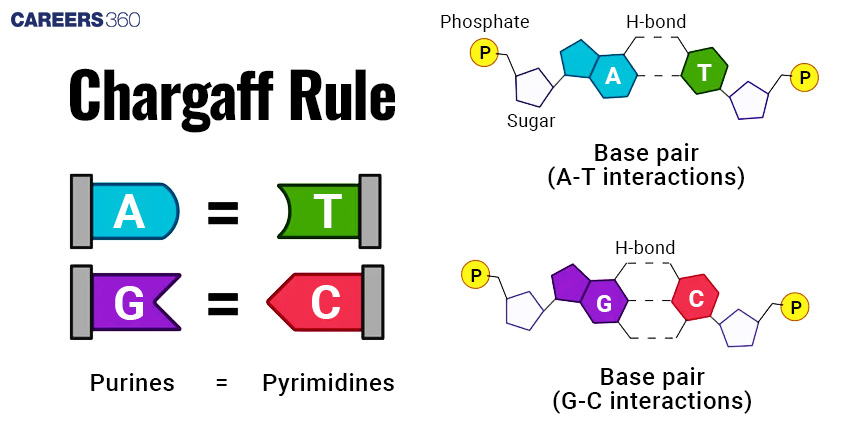Choroid plexus: Definition, Function, Structures, Diagram, Facts, FAQs
What Is Choroid Plexus?
The choroid plexus is a collection of cells located within the ventricles of the brain, especially inside the lateral, third, and fourth ventricles. It comprises ependymal cells, blood vessels, and connective tissue and forms the CSF. The choroid plexus filters blood for the production of CSF, which later goes into the brain and spinal cord, cushioning, nourishing, and clearing waste products. It forms a part of the maintenance of the internal environment of the brain and helps in the sustenance of neural health for overall correct functionality of the central nervous system.
NEET 2025: Mock Test Series | Syllabus | High Scoring Topics | PYQs
NEET Important PYQ's Subject wise: Physics | Chemistry | Biology
New: Meet Careers360 B.Tech/NEET Experts in your City | Book your Seat now
- What Is Choroid Plexus?
- Anatomy Of The Choroid Plexus
- Functions Of The Choroid Plexus
- Recommended video for "Choroid Plexus"

Anatomy Of The Choroid Plexus
The choroid plexus is a structure inside the ventricles of the brain that accounts for the largest proportion of cerebrospinal fluid production. It can be found in all parts of the ventricles inside the brain, namely the lateral, third, and fourth ventricles.
Location and Structure Of Choroid Plexus
The choroid plexus lies in all four ventricles of the brain, namely, two lateral ventricles, the third ventricle, and the fourth ventricle.
The location extends from the lateral ventricles through the interventricular foramina into the third ventricle, then goes on through the cerebral aqueduct into the fourth ventricle.
The choroid plexus is composed of an epithelium layer, connective tissue, and a rich network of blood vessels.
The epithelium is lined by cuboidal choroidal epithelial cells that secrete CSF.
The choroidal epithelial cells are underlaid by thin stroma connective tissue under the epithelium to which blood vessels that supply the plexus are anchored.
These blood vessels are fenestrated and allow the filtration of blood plasma into the ventricles to form CSF.

Histology
The choroid plexus is very defined and complicated when viewed microscopically.
These epithelial cells, otherwise named ependymal cells, appear cuboidal to columnar and cover the connective tissue core underlying them continuously.
The major cells of the choroid plexus include epithelial cells, also called choroidal epithelial cells or ependymal cells.
These cells have microvilli and cilia on the apical surface that will aid in the movement and secretion of CSF.
Also, under the stromal connective tissue, there are several kinds of support cells and blood vessels to help in the exchange of materials for CSF production.
Functions Of The Choroid Plexus
The choroid plexus is the part of the brain that is responsible for the significant production of CSF and the maintenance of the blood-CSF barrier.
Cerebrospinal Fluid (CSF) Production
It is produced by the choroid plexus through the process involving filtration of blood plasma.
This makes the blood vessels within the choroid plexus fenestrated, and as such, plasma passes through them into the stroma.
At this point, the choroidal epithelial cells secrete this filtrate into the ventricles as CSF, enriched with essential ions, nutrients, and other substances.
It regulates the volume and composition of the CSF.
It maintains the volume of the CSF with the proper balance of the electrolytes, glucose, and other essential molecules.
With this, it controls the intracranial pressure and gives the best environment for the proper functioning of the neurons.
Blood-CSF Barrier
The blood-CSF barrier derives from tight junctions between the choroidal epithelial cells.
These junctions hamper free diffusion into the CSF from the blood for large molecules and pathogens but allow, in a selective manner, the majority of essential nutrients and ions.
Importance In Protecting The Brain
Blood-CSF prevents most of the noxious chemicals and pathogenic agents from the blood into the CSF and eventually into the CNS.
It becomes rather important to maintain such an optimal environment to protect the safe and stable operation of the brain.
Recommended video for "Choroid Plexus"
Frequently Asked Questions (FAQs)
Probably, the most vital role played by the choroid plexus is that it fabricates and controls cerebrospinal fluid. This liquid serves to cushion the brain and the spinal cord, nourish them, wash out wastes, and also maintain a constant environment around the central nervous system. This organ also regulates the blood-CSF barrier to protect the brain from any toxin or pathogen that may harm the organ.
It is found in the ventricles of the brain. The choroid plexus is situated within the lateral ventricles, third ventricle, and fourth ventricle. Its extensions from the lateral ventricles move into the third ventricle through interventricular foramina and further continue in the cerebral aqueduct into the fourth ventricle.
The disorders related to it are hydrocephalus, owing to the accumulation of CSF that results in increased pressure in the brain and the Choroid plexus Papillomas/ Carcinomas are the tumours obstructing the flow or formation of CSF. Other conditions include infections and inflammations of the choroid plexus, thus affecting CSF formation and composition.
Imaging techniques such as magnetic resonance imaging and computed tomography show the anatomical structure of the choroid plexus and define any abnormality. The analysis of the CSF samples may explain the composition and probably the dysfunctions of the choroid plexus. Techniques like positron emission tomography are used to study the long-term metabolic activity in the choroid plexus.
Yes, a few potential uses of choroid plexus cells are in the pipeline in regenerative medicine that is currently under research for neurological disorders and brain injuries. It is based on evidence that these cells produce CSF and house the homeostatic capacity to maintain the microenvironment of the brain. Long-term research is underway to make their regenerative properties available for use as a therapy.
Also Read
30 Nov'24 10:55 AM
29 Nov'24 08:48 PM
29 Nov'24 06:52 PM
29 Nov'24 05:35 PM